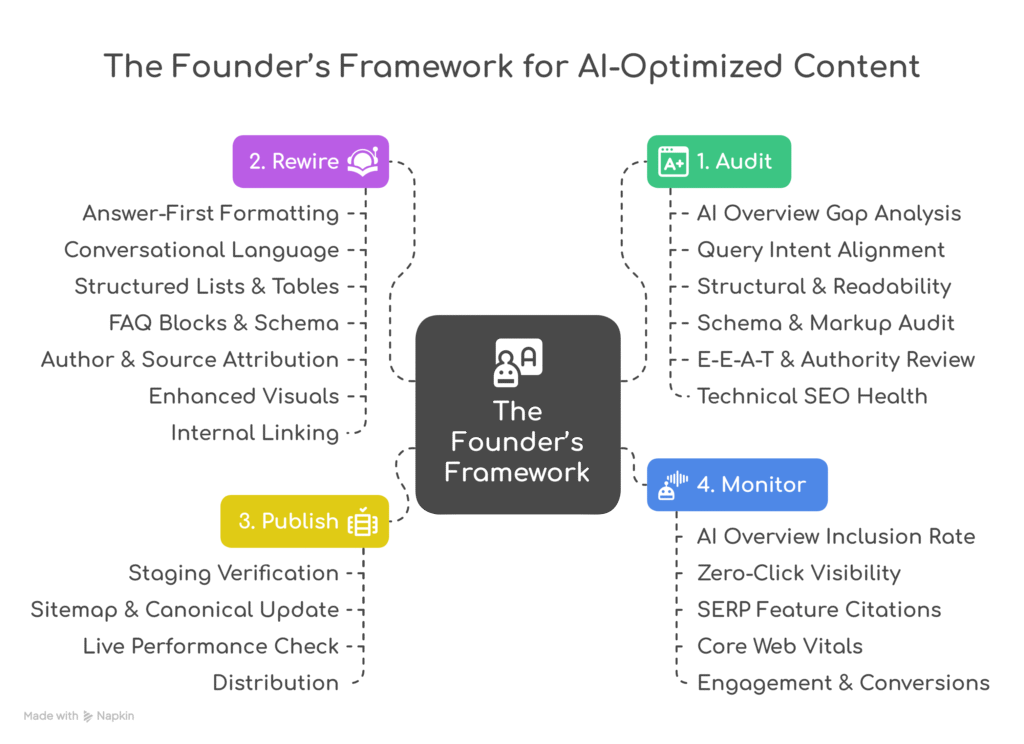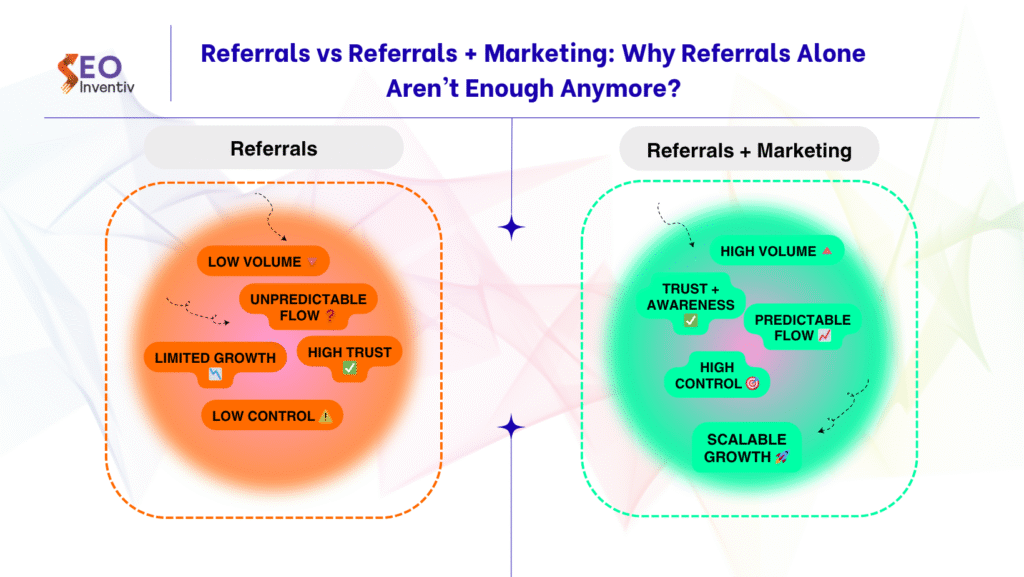With the increasing use of smartphones and mobile devices for internet browsing, businesses can no longer ignore the importance of mobile SEO. Mobile search engine optimization ensures your website is optimized for mobile users, providing a seamless experience that enhances engagement and boosts search rankings. This blog dives deep into the critical aspects of mobile SEO, best practices, strategies, tools, and tips to elevate your mobile website’s performance. Let’s explore how to implement mobile SEO best practices, identify essential mobile SEO tools, develop efficient mobile SEO strategies, and discover actionable mobile SEO tips that will make your site stand out.
Why Mobile SEO Matters
In today’s digital landscape, mobile-first indexing is the norm. Google uses the mobile version of websites for indexing and ranking. This shift makes Google mobile SEO crucial for ensuring your content is visible in search results. More than half of global web traffic comes from mobile devices, and a website that isn’t optimized for mobile can lead to higher bounce rates, lower engagement, and ultimately, missed opportunities for conversions.
The benefits of mobile SEO include better user experience, faster loading times, improved search rankings, and increased conversion rates. In this blog, we’ll cover not just the importance but also the actionable steps you can take to improve your mobile SEO.
Mobile SEO Best Practices
 To optimize your website for mobile users, following mobile SEO best practices is essential. These practices will ensure your website is mobile-friendly, fast, and accessible, enhancing both the user experience and your site’s ranking potential. Here are some of the top best practices for mobile SEO:
To optimize your website for mobile users, following mobile SEO best practices is essential. These practices will ensure your website is mobile-friendly, fast, and accessible, enhancing both the user experience and your site’s ranking potential. Here are some of the top best practices for mobile SEO:
1. Responsive Design
One of the first principles of mobile SEO is ensuring your website uses a responsive design. This means your website’s layout and content adjust based on the screen size and orientation of the device. Responsive design is a key factor in Google mobile SEO, as Google prioritizes mobile-friendly websites.
2. Optimize Page Speed
Page speed is a significant ranking factor, especially for mobile SEO. Mobile users expect websites to load quickly, and any delays can lead to high bounce rates. Use tools like Google’s PageSpeed Insights to analyze and improve your site’s loading speed. Compress images, leverage browser caching, and minimize JavaScript to improve performance.
3. Avoid Pop-Ups and Interstitials
Intrusive interstitials and pop-ups can be frustrating for mobile users, leading to a poor user experience. Google penalizes websites that use pop-ups that block content on mobile devices. To avoid this, keep pop-ups minimal and ensure they don’t interfere with the user experience.
4. Use Legible Font Sizes
Text that’s too small to read on a mobile device can deter users from staying on your site. Ensure your font sizes are legible without users having to zoom in. Google recommends a font size of at least 16 pixels for body text to maintain readability on mobile screens.
5. Mobile-Friendly Navigation
A streamlined navigation structure is crucial for mobile users. Menus should be easy to access, and buttons large enough for users to tap comfortably. Avoid complex navigation that requires users to scroll or zoom excessively.
 Essential Mobile SEO Tools
Essential Mobile SEO Tools
To implement mobile SEO effectively, having the right tools is critical. These mobile SEO tools help you analyze, monitor, and improve the performance of your mobile website. Here are some top tools you can use:
1. Google Mobile-Friendly Test
One of the most essential tools is Google’s Mobile-Friendly Test. This tool allows you to check if your website is optimized for mobile devices. It provides a detailed report on what’s working and what’s not, making it easier for you to make adjustments.
2. Google Search Console
Google Search Console is another valuable tool for monitoring your website’s performance in search results, especially in terms of mobile SEO. It provides insights into mobile usability issues and helps you track mobile-first indexing.
3. GTmetrix
For optimizing page speed, GTmetrix is an excellent tool. It provides detailed insights into how your website performs on both desktop and mobile, highlighting areas that need improvement to boost mobile page speed.
4. Screaming Frog
This SEO tool allows you to audit your website for mobile SEO factors, including broken links, duplicate content, and mobile-specific issues like page speed and responsiveness.
5. AMP Testing Tool
If you’re implementing Accelerated Mobile Pages (AMP), which we’ll discuss later, the AMP testing tool is a great resource for validating that your AMP pages are working correctly and providing a fast, seamless mobile experience.
Mobile SEO Strategies for Success
Developing effective mobile SEO strategies can significantly boost your website’s visibility on search engines. These strategies go beyond technical adjustments, focusing on content and user behavior to enhance the mobile user experience.
1. Mobile-First Content
When creating content, always think mobile-first. Mobile users tend to prefer shorter, more concise content that’s easy to read on smaller screens. Break up long paragraphs into shorter chunks, use bullet points, and include subheadings to make the content scannable.
2. Voice Search Optimization
With the growing popularity of voice-activated assistants like Siri and Google Assistant, optimizing for voice search is becoming a key mobile SEO strategy. Voice search queries are often longer and more conversational, so consider targeting long-tail keywords and question-based queries in your content.
3. Local SEO Integration
Mobile users frequently perform local searches, such as “restaurants near me” or “best dentist in [city].” Ensure your mobile SEO strategy includes a focus on local SEO by optimizing your Google My Business profile and using location-based keywords.
4. Optimize for AMP
Accelerated Mobile Pages (AMP) is a Google-backed project aimed at creating mobile-optimized content that loads almost instantly. Implementing AMP can enhance mobile SEO by improving page speed and overall user experience. It’s particularly useful for news websites and blogs.
5. Analyze User Behavior
Understanding how users interact with your mobile website can provide valuable insights into improving your mobile SEO. Use heatmaps and analytics tools to track mobile user behavior, including how they navigate your site and which pages they spend the most time on.
 Mobile SEO Tips for Boosting Performance
Mobile SEO Tips for Boosting Performance
Optimizing your mobile site can be a challenge, but these mobile SEO tips can help you improve performance and rankings quickly.
1. Conduct Regular Mobile Audits
Regular mobile SEO audits are crucial for maintaining your site’s performance. Use tools like Google Search Console and the Mobile-Friendly Test to keep track of issues that may affect your mobile rankings.
2. Test Across Devices
Make sure your website looks and functions properly on a variety of mobile devices, not just one. Test your site on different screen sizes, operating systems, and browsers to ensure a consistent user experience.
3. Use Schema Markup
Schema markup helps search engines understand your content better, making it easier to rank in mobile search results. Use structured data to enhance the visibility of your content, especially for rich snippets.
4. Monitor Core Web Vitals
Google’s Core Web Vitals, such as Largest Contentful Paint (LCP) and First Input Delay (FID), are essential for mobile SEO. Monitoring and improving these metrics will enhance your site’s performance, particularly for mobile users.
5. Prioritize Security with HTTPS
Mobile users need to trust that their data is secure. Ensure your website uses HTTPS encryption to protect user information and improve your mobile SEO ranking.
Hiring a Mobile SEO Service or Agency
If managing all aspects of mobile SEO seems overwhelming, you might want to consider hiring a mobile SEO service or mobile SEO agency. These experts can help you develop and implement mobile SEO strategies tailored to your business, saving you time and ensuring your site is fully optimized for mobile search.
1. Benefits of Mobile SEO Services
Mobile SEO agencies offer a range of services, including technical SEO audits, content optimization, and link building. They have the expertise to stay updated with Google’s ever-changing mobile SEO algorithms and can provide ongoing support to keep your site competitive.
2. Choosing the Right Mobile SEO Agency
When selecting a mobile SEO agency, look for one with a proven track record of optimizing websites for mobile search. Check client testimonials, case studies, and ensure they use the latest tools and best practices for mobile SEO.
 Testing Your Mobile SEO
Testing Your Mobile SEO
To ensure your website is performing well in terms of mobile SEO, running a mobile SEO test is crucial. This process helps you identify areas that need improvement, such as page speed, mobile usability, and responsive design issues. Google’s Mobile-Friendly Test and PageSpeed Insights are the go-to tools for conducting these tests. Regularly performing these tests will help you keep your mobile website optimized for the best user experience and search rankings.
Take the first step toward dominating search engines with our Fully Managed SEO Services. Plus, get personalized insights with a free SEO consultation. Visit Fully Managed SEO Services for tailored solutions, and book your consultation at Free SEO Consultation.
Conclusion: Optimizing for AMP Mobile SEO
As mobile usage continues to rise, implementing AMP mobile SEO can provide a significant advantage. AMP pages load quickly and offer a streamlined experience for mobile users, leading to lower bounce rates and higher engagement. While AMP may not be suitable for every type of website, it’s worth considering for content-heavy sites like blogs and news outlets.
In conclusion, mobile SEO is no longer optional but a necessity for any business that wants to succeed online. By following mobile SEO best practices, using the right mobile SEO tools, developing targeted mobile SEO strategies, and implementing actionable mobile SEO tips, you can ensure your website ranks higher and provides a stellar experience for mobile users. Whether you choose to handle it in-house or hire a mobile SEO service, prioritizing mobile optimization is a critical step in achieving long-term success in the digital world.







 WhatsApp Now
WhatsApp Now
 +(91) 8700778618
+(91) 8700778618